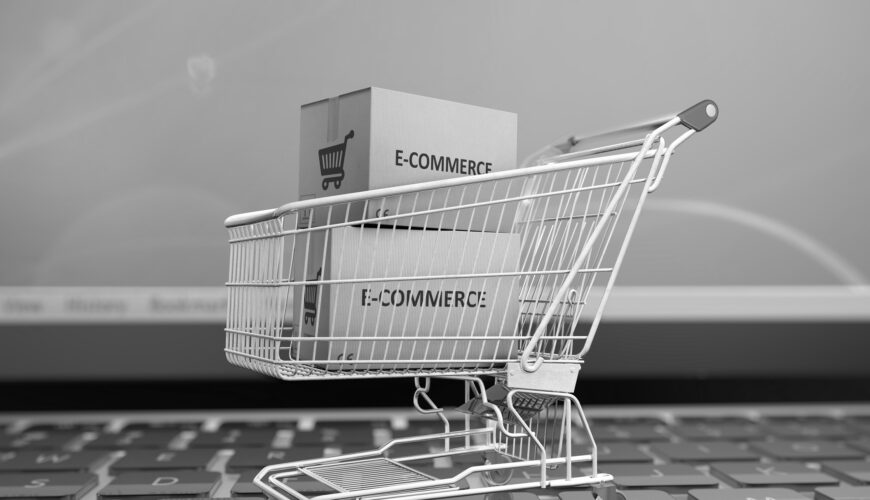The rise of the retail supply chain has caused a massive shift in how manufacturers operate. If you’re a manufacturer of goods like apparel or housewares—anything that reaches an end consumer—you’ve likely been grappling with the complexities of the new retail supply chain model. Where traditionally you operated through retailers, now you’re doing that and shipping directly to the consumer, often on behalf of those retail customers. Still, other manufacturers are starting to open their own brick-and-mortar stores, which requires a different approach. Adapting to these new retail supply chain dynamics is no easy task, often involving a process of trial and error. However, for those who can successfully navigate the new omnichannel delivery model, the rewards are significant.
One significant change is the shift towards operating like a retail supply chain, rather than the manufacturing supply chain you are accustomed to managing. A key aspect of this is the direct-to-consumer (DTC) last-mile delivery strategy. This represents a fundamental shift from shipping large quantities of goods to a retailer’s distribution center, where the retailer is then responsible for selling your products. If you’ve already been drop shipping in a last-mile delivery manner on behalf of your brick-and-mortar customer, you’ve had a taste of this different approach, and it is good practice for your own DTC sales. If not, however, there’s a lot to learn, but the potential benefits are substantial.
Instead, if you’re choosing direct-to-consumer, you’re looking at managing eaches* in your distribution centers and then arranging shipping to your end customer. That means, for one, partnering with small-parcel carriers rather than truckload or less-than-truckload carrier partners. Contracts will look different, as will expectations and methods of management and measurement.
To manage the bigger volume of eaches, you’ll need to increase your automation in multiple areas within your warehouses. From picking to packing and everything in between, you’ll need the equipment that keeps your shelves stocked and moving out the door simultaneously. None of that comes cheaply, and you’ll be shouldering more of the storage and shipping costs when going DTC or into your own stores than when you shipped to retail customers.
Crucial to managing these changes—if that’s a strategy that makes sense to you—is the strategic partnership with a supply chain management consultant (such as OPSdesign). They can play a pivotal role in helping you put together a new end-to-end approach to sales. This will involve collecting the data you need to establish a new channel of sales and delivery. Together, you’ll learn your new customers’ purchasing behaviors, better understand their demographics, and tailor operations to meet those profiles.
Your consultant can also help you reconfigure your warehouse to meet changing customer demands. With the continuing labor shortage, you’ll rely on your consultant to compare automation options to ensure smooth operations with fewer touches.
Finally, more than ever, you’ll need the right warehouse management software for your specific needs. Your consultant will be familiar with the many options and will guide you in selecting the right package to match your DTC strategy.
*Eaches is a retail supply chain term for individual items versus a full case. For example, one box of cereal versus a case of cereal.


